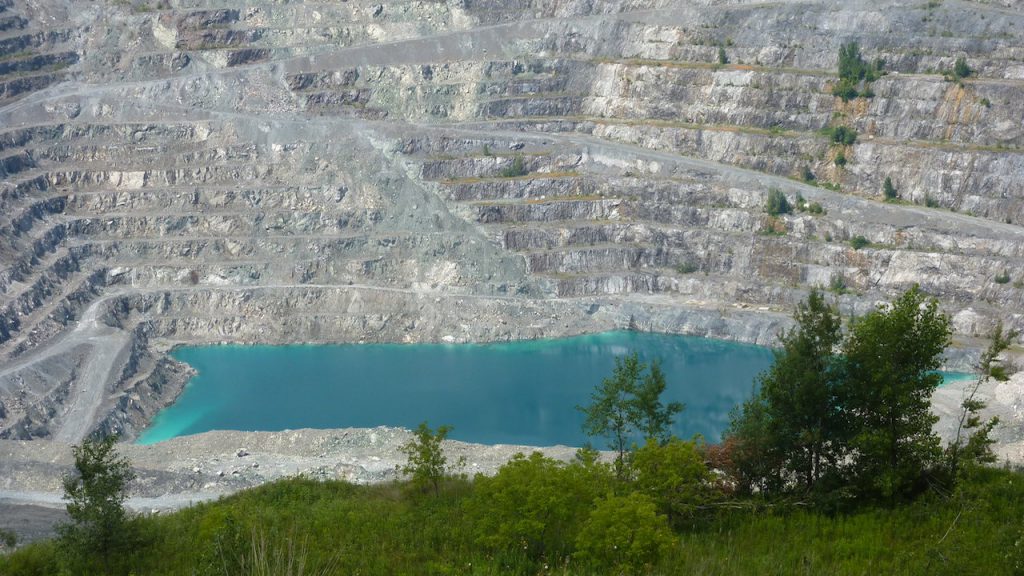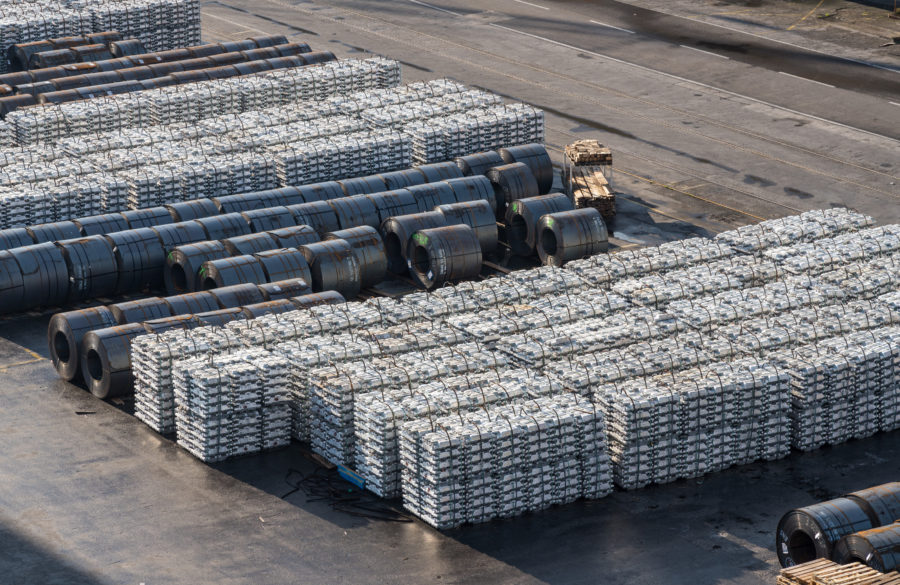Canadian town of Asbestos, in Quebec, seeks new name

A Canadian town owning its name to asbestos, a mineral that supported the local economy for decades, but which is now associated with cancer, is finally changing its tainted moniker to a new one to be announced next year.
The community of about 7,000 people in southeastern Quebec is asking citizens to contribute ideas ahead of an official change.
Decision follows a failed attempt at a new name in 2006, pre-dating the 2012 shutdown of Jeffrey mine
“The word ‘asbestos’ doesn’t have a positive connotation, especially for Anglophones, and it’s hindering the city’s plans to develop external economic relations,” the city said in a Facebook post.
Asbestos is home to the Jeffrey mine, which was once the world’s largest producer of the commodity and the town’s largest employer. It closed in 2012.
Due to its fire-resistance and insulation properties, asbestos was a common material used in construction since the late 1800s, but evidence of the health hazards associated with it began to emerge only in the early 1900s.
Countries started banning its use as early as 1970, but Canada held on to it for longer, with a full ban on the toxic material only coming in effect in December last year.
The name-change process, expected to cost the town about $100,000, has drawn the ire of many locals, who consider the idea “absurd” and “an insult” to the town’s history.

Because the mineral is a known as amiante in French, the town’s name isn’t really a problem for locals, who so far have put forward suggestions including Ville des Trois-Lacs, Nobestos, Amianteville, Asbestos 2.0, The Hole, Mine Craft and Poumontousse (a play on the French words for lung and cough).
The decision follows a failed attempt at a new name in 2006, pre-dating the shutdown of Jeffrey mine.
Canada is currently looking into processes and technologies to extract magnesium from the tailings left behind.
More News
China’s mining investment under Belt and Road Initiative sets new record – report
China's overseas mining investment under its Belt and Road Initiative hit another peak last year at $21.4 billion.
March 29, 2025 | 10:26 pm
Column: Europe’s future metals strategy hindered by current crisis
Chinese over-capacity and high energy prices have accelerated the long-term decline of European steel and aluminum production.
March 29, 2025 | 02:25 pm
{{ commodity.name }}
{{ post.title }}
{{ post.excerpt }}
{{ post.date }}



Comments